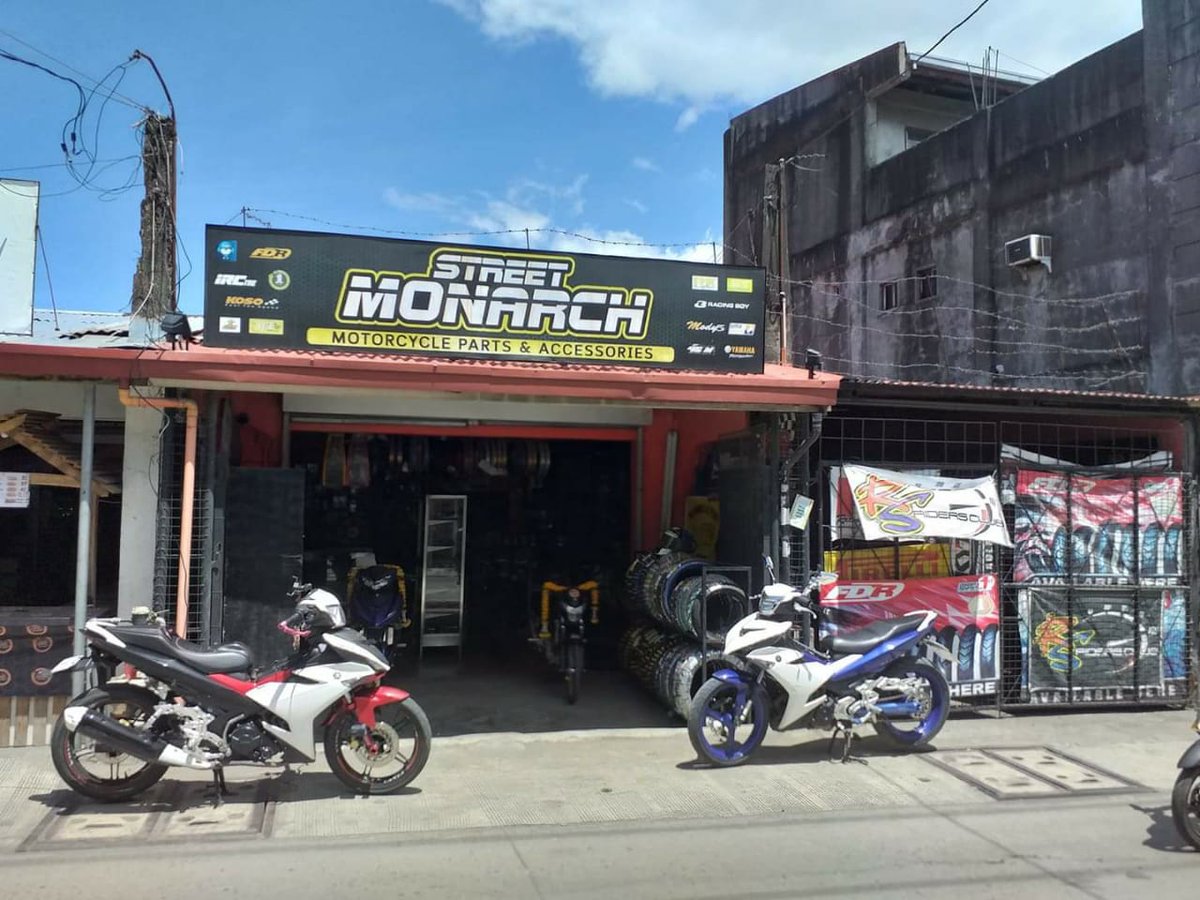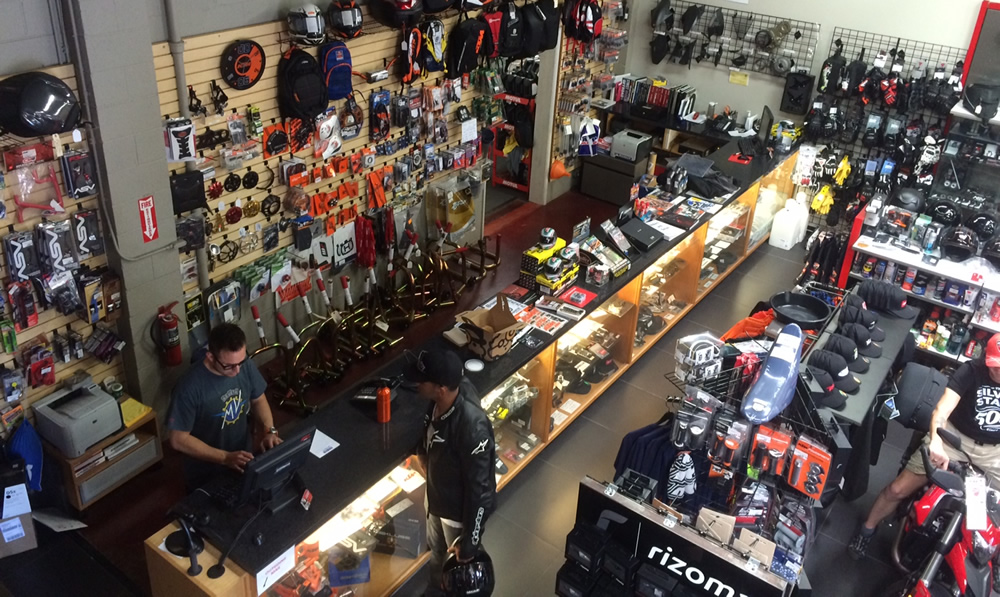Store the Best MX Parts NZ for Your High-Performance Bike
Store the Best MX Parts NZ for Your High-Performance Bike
Blog Article
Recognizing the Essential Parts of a Motorbike: A Comprehensive Overview for Lovers
For bike fanatics aiming to boost their riding experience and guarantee their bikes run efficiently, recognizing the essential components of a motorcycle is paramount. Each element, from the engine's elaborate workings to the essential role of the braking devices, not just influences efficiency yet likewise safety and security and convenience. This overview will go through the fundamental parts that every rider should know with, allowing notified options in both upkeep and possible upgrades. As we start this exploration, one must ask: just how does each part interact to produce the seamless trip every fanatic seeks?
Engine Components

The camshaft plays a crucial duty in managing the timing of the engine's shutoffs, making sure the precise opening and closing required for reliable fuel and air intake, along with exhaust expulsion. This timing is vital to preserving ideal engine performance and effectiveness. Additionally, the carburetor or fuel injection system, relying on the motorbike design, is accountable for blending air with gas in the appropriate ratio for burning.
The cooling system, either air or liquid-based, functions to preserve the engine's temperature level within functional restrictions, avoiding getting too hot and making sure longevity - motorcycle shop. Each part, thoroughly made and incorporated, adds to the seamless procedure of the engine, defining the motorcycle's power result and total performance
Transmission System
Integral to the bike's performance, the transmission system makes sure effective power transfer from the engine to the wheels. This system consists of several vital parts, including the clutch, transmission, and final drive, each playing an important duty in converting the engine's power right into activity. The clutch, usually run by a hand bar, serves to disengage the engine and involve from the transmission, allowing for smooth gear adjustments and regulated acceleration.
The gearbox, typically described as the transmission appropriate, includes a set of equipments that riders can manually change with to readjust the bike's rate and torque result. These equipments are arranged in a sequence that enables the motorcycle to accelerate smoothly and maintain optimum engine performance throughout various rates. The majority of motorcycles use a consecutive transmission, calling for the rider to move equipments in a fixed order.
Braking Systems
While recognizing the transmission system is key to harnessing a bike's power, similarly crucial is the ability to regulate and quit that power successfully, which is where braking mechanisms enter play. Brakes are important for security and performance, offering the rider with the needed control to browse different terrains and problems. Typically, motorcycles feature two kinds of stopping systems: disc brakes and drum brakes.
Disc brakes are extra widespread in contemporary motorcycles as a result of their superior efficiency. They are composed of a brake disc, caliper, and pads. When triggered, the caliper presses the brake pads versus the rotating disc, transforming kinetic energy right into warm, consequently slowing down the wheel. This system uses better warm dissipation, consistent efficiency, and improved stopping power, specifically in damp problems.
On the other hand, drum brakes, though less usual, are still located in some motorbikes. They work by pressing brake shoes against the internal surface area of a drum attached to the wheel. While normally much less effective in heat dissipation and stopping power, drum brakes are less complex and extra affordable.
Comprehending these braking systems' subtleties allows cyclists to preserve their motorbikes correctly and value the engineering that makes sure secure and reliable quiting.
Suspension and Guiding
Suspension and steering systems are important parts that substantially influence a bike's handling and trip comfort. The suspension system, including forks at the front and shock absorbers at the back, takes in roadway abnormalities, boosting security and control. Front forks, usually telescopic or upside down, compress and rebound to mitigate impacts, while back shock absorbers keep tire call with the roadway, crucial for grip and safety and security.
Steering, centered around the handlebars, connects the biker to the bike's directional control. The steering head bearings make certain smooth operation, permitting precise ability to move. Appropriate positioning and maintenance of these bearings are crucial for predictable steering feedback and minimizing rider exhaustion.
The suspension's adjustability is one more vital facet; preload, damping, and rebound setups allow personalization Discover More to fit various riding designs and problems. This versatility is important for enhancing efficiency, whether navigating metropolitan roads or tackling rugged tracks. Advancements like electronic shock absorber use real-time adjustments, enhancing experience quality throughout varied terrains.

Electrical Equipments
After ensuring a smooth and regulated ride via reliable suspension and steering systems, interest transforms to the electric systems, a critical element of modern-day bikes. These systems play a crucial duty not only in starting the engine yet also in powering numerous components that boost the capability and safety of the bike.
At the heart of a bike's electrical system is the battery, which shops electrical energy essential for beginning the engine and powering auxiliary systems - motorcycle parts nz. The generator or generator, coupled with the rectifier-regulator, ensures the battery remains charged while the motorbike is in procedure, transforming power into electrical power and maintaining voltage levels
The ignition system, one more crucial element, is in charge of firing up the air-fuel mixture in the engine's cyndrical tubes. Modern bikes commonly use a digital ignition system, supplying better efficiency and dependability compared to conventional systems.
Lighting systems, consisting of fronts lights, tail lights, and signs, are also essential, making certain exposure and safety for the cyclist. Extra digital elements such as sensors, control devices, and displays add to sophisticated features like gas injection monitoring, anti-lock stopping systems (ABS), and electronic dashboards, better enhancing the riding experience.
Final Thought
An extensive understanding of a motorcycle's necessary components, including the engine, transmission system, stopping mechanisms, suspension, steering, and electrical systems, is vital for enthusiasts aiming to enhance efficiency, comfort, and safety. Proficiency of these elements permits notified decisions relating to upkeep and upgrades, inevitably boosting the riding experience. By incorporating this knowledge, riders can ensure their motorcycles operate at peak effectiveness and dependability, thus taking full advantage of both pleasure and durability of their automobiles.
For motorbike enthusiasts looking to raise their riding experience and guarantee their bikes run efficiently, recognizing the essential components of a motorcycle is paramount.Integral to the motorcycle's functionality, the transmission system makes certain reliable power transfer from the engine to the wheels.While recognizing the transmission system is essential to taking advantage of a motorbike's power, equally important is the ability to regulate and quit that power successfully, which is where braking mechanisms come right into play. Commonly, bikes feature two kinds of stopping systems: disc brakes and drum brakes.
A complete comprehension motorcycle cover of a motorcycle's essential parts, consisting of the engine, transmission system, braking devices, suspension, guiding, and electrical systems, is indispensable for fanatics aiming to optimize motorcycle repair near me security, performance, and comfort.
Report this page